Human genetic diversity alters off-target outcomes of therapeutic gene editing
- PMID: 36522432
- PMCID: PMC10272994
- DOI: 10.1038/s41588-022-01257-y
Human genetic diversity alters off-target outcomes of therapeutic gene editing
Abstract
CRISPR gene editing holds great promise to modify DNA sequences in somatic cells to treat disease. However, standard computational and biochemical methods to predict off-target potential focus on reference genomes. We developed an efficient tool called CRISPRme that considers single-nucleotide polymorphism (SNP) and indel genetic variants to nominate and prioritize off-target sites. We tested the software with a BCL11A enhancer targeting guide RNA (gRNA) showing promise in clinical trials for sickle cell disease and β-thalassemia and found that the top candidate off-target is produced by an allele common in African-ancestry populations (MAF 4.5%) that introduces a protospacer adjacent motif (PAM) sequence. We validated that SpCas9 generates strictly allele-specific indels and pericentric inversions in CD34+ hematopoietic stem and progenitor cells (HSPCs), although high-fidelity Cas9 mitigates this off-target. This report illustrates how genetic variants should be considered as modifiers of gene editing outcomes. We expect that variant-aware off-target assessment will become integral to therapeutic genome editing evaluation and provide a powerful approach for comprehensive off-target nomination.
© 2022. The Author(s), under exclusive licence to Springer Nature America, Inc.
Conflict of interest statement
Competing financial interests statement
L.P. has financial interests in Edilytics, Inc., Excelsior Genomics, and SeQure Dx, Inc. L.P.’s interests were reviewed and are managed by Massachusetts General Hospital and Partners HealthCare in accordance with their conflict of interest policies. The remaining authors declare no competing interests.
Figures


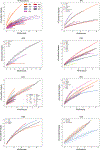

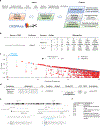
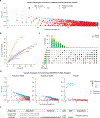

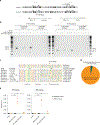
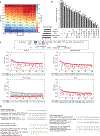
Comment in
-
Accounting for diversity in the design of CRISPR-based therapeutic genome editing.Nat Genet. 2023 Jan;55(1):6-7. doi: 10.1038/s41588-022-01272-z. Nat Genet. 2023. PMID: 36593304 Free PMC article.
References
Publication types
MeSH terms
Substances
Grants and funding
LinkOut - more resources
Full Text Sources
Other Literature Sources
Research Materials
Miscellaneous

